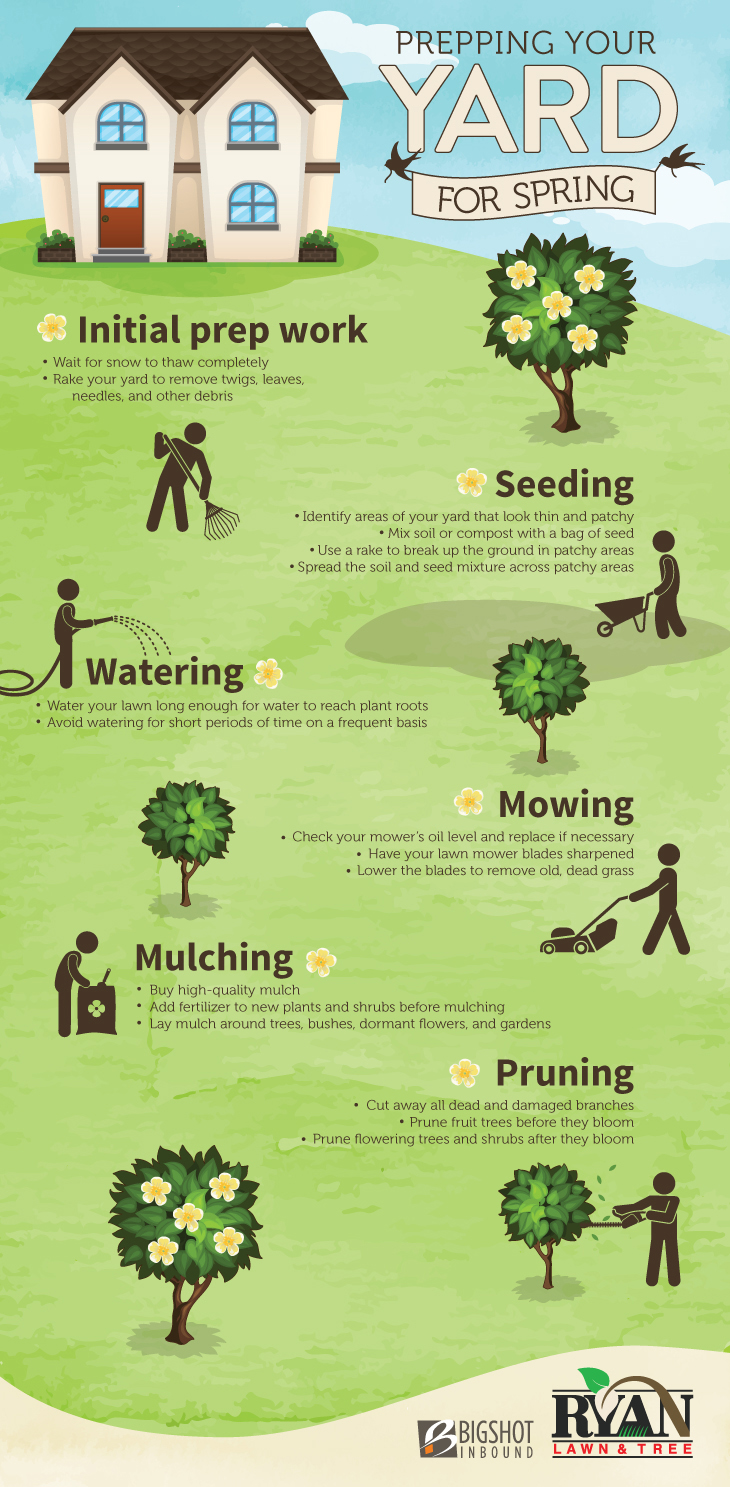Clues That Suggest Tree Removal: Exactly How To Spot Hazardous Trees
Clues That Suggest Tree Removal: Exactly How To Spot Hazardous Trees
Blog Article
Article Created By-Reid Butcher
When it comes to tree care, identifying the indications that it's time for removal is essential for your safety and residential property. You might discover blemished leaves, wilting branches, or strange fungal growths suggesting health issue. Architectural problems, like a considerable lean or fractures in the trunk, can likewise present risks. Comprehending https://wtop.com/consumer-news/2019/01/what-to-ask-before-getting-estimates-for-tree-care/ can assist you make educated choices regarding your trees and avoid prospective risks lurking in your lawn. What should you try to find next?
Indications of Degeneration and Disease
When you see indicators of decay and condition in your trees, it's vital to act swiftly. Search for tarnished leaves, wilting branches, or unusual growths like fungi. These can suggest that your tree is having a hard time.
If you see fractures in the bark or soft, mushy wood, these symptoms recommend internal degeneration. In addition, a sudden increase in pests around your tree can signal that it's damaged and susceptible.
Look for any dead or passing away arm or legs, as they posture a danger to your residential property and safety and security. If you doubt regarding what you see, consulting an arborist can supply clarity.
Resolving these indications early can conserve you from more comprehensive damage and guarantee the health of your yard. Do not wait up until it's too late.
Structural Instability and Leaning
As you observe your trees, watch out for any kind of indicators of structural instability or leaning. If a tree leans substantially, it may show that the origin system is compromised.
Try to find any fractures in the trunk or dirt around the base; these can indicate possible failure. In addition, check for unusual growth patterns, like an uneven crown, which might recommend that the tree is struggling to hold itself upright.
If you see that the tree leans toward your home, power lines, or other structures, it postures a higher risk. Don't overlook these indicators-- speak with an arborist to evaluate the situation.
Doing something about it early can protect against expensive damage and ensure your security.
Dead or Perishing Branches and Vegetation
If you observe dead or passing away branches and foliage on your tree, it's a clear indicator that something's incorrect.
These harmful locations can indicate underlying issues like illness, bug problems, or ecological anxiety. When branches lose their fallen leaves or transform brownish, they're no longer adding to the tree's wellness. Ignoring these indicators might lead to more decline, making your tree much more hazardous.
Dead branches can quickly break short throughout storms, posturing a risk to residential or commercial property and individuals nearby. It's critical to examine the level of the damage.
If the issue influences a considerable part of the tree, think about seeking advice from a professional. They can help figure out if removal is needed to guarantee safety and maintain the charm of your landscape.
Final thought
If you discover any indicators of decay, architectural instability, or dead branches on your trees, do not overlook them. These indicators can posture severe security threats to you and your property. It's constantly best to get in touch with a professional arborist who can supply an expert analysis of your trees. Taking please click the next post can stop accidents and costly damages, guaranteeing your landscape continues to be safe and healthy. Bear in mind, it's much better to be positive regarding tree care than to wait for a calamity to take place.
